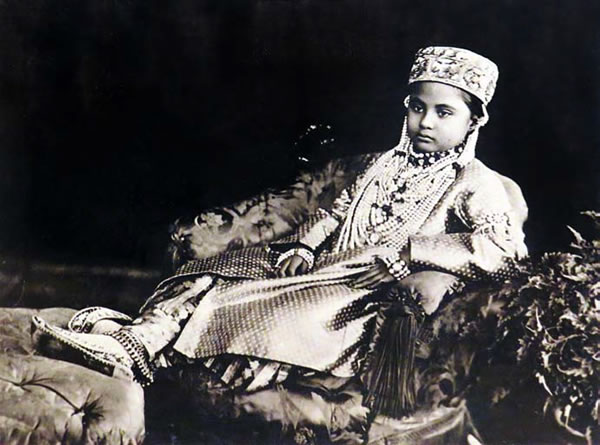Future of Kumartuli’s Artisans

Anything that has a strong foundation and adapts to changing times, stays relevant, and survives. When it comes to art and skills, who determines whether a particular art practice needs to be preserved? Any form of art, after all, has some cultural value. But are all art forms still relevant and should be preserved before they ultimately disappear? This debate can go on and on.
The art of making Durga idols in the historic artisans’ colony of Kumartuli in Kolkata, West Bengal is one such art form practiced by artisans or kumhars (potters) over generations. This art form has remained relevant. This is proven by the huge demand for these idols every year and the festival of Durga Puja which is eagerly awaited with sentiment by the public at large.
To those who are from Calcutta or have been to Kumartuli, the mere mention of the place brings to mind narrow lanes laced with workshops that are almost decaying and cramped with idols, artisans, straw and mud. Those who hold the place dearly in their thoughts might even draw in a deep breath as an ode to the air in Kumartuli, heavy with the smell of damp mud, and try to remember the old movie songs playing out of the radio in one of the workshops that they had visited. But I’m not going to delve into nostalgia here, as pleasurable it might seem.
Instead, I will talk of the present. Why? If you have been living in Calcutta you are labelled as one person who is still living off the fading glory of what was once the cultural capital of the country. I wouldn’t say this assumption is entirely false. But not everyone is living in the past here and most of us know very well that Calcutta is not the city that it once was. The issue that I want to bring to light is how this centuries-old craft has remained culturally relevant and dynamic and has evolved over the years.
Every year, especially, before the Puja season begins photographers, interviewers and the media visit the place, for it still has cultural value. Guided tours are organised for locals and tourists who see the place as an open air gallery cum studio.
The festival which celebrates the coming of the Goddess and her four kin is a big source of joy for the people of Kolkata. The festival has become big and commercial over the years is why the artisans are still very much in demand. Every neighbourhood or para, as it is called in Bengali, has its own Durga installation or pandal. There are committees, themes, competitions and prizes. The idols are also exported to other cities in India and countries where there is a sizeable Bengali population. Demand for idols has increased over the years due to commercialisation of the Puja, and as a domino effect, the demand for idols for other festivals has also increased.
In a time when the local and global economy is somewhat strained, the Kumartuli workshop owners know the cultural significance of the work they produce. What they are not sure of is how many generations would be interested in devoting their careers to this practice and business.
"The festival which celebrates the coming of the Goddess and her four kin is a big reason of joy for the people of Kolkata. The festival has become big and commercial over the years is why the artisans are still very much in demand. Every neighbourhood or para, as it is called in Bengali, has its own Durga installation or pandal. There are committees, themes, competitions and prizes. The idols are also exported to other cities in India and countries where there is a sizeable Bengali population. "
Read More>> Please Subscribe our Physical Magazine


